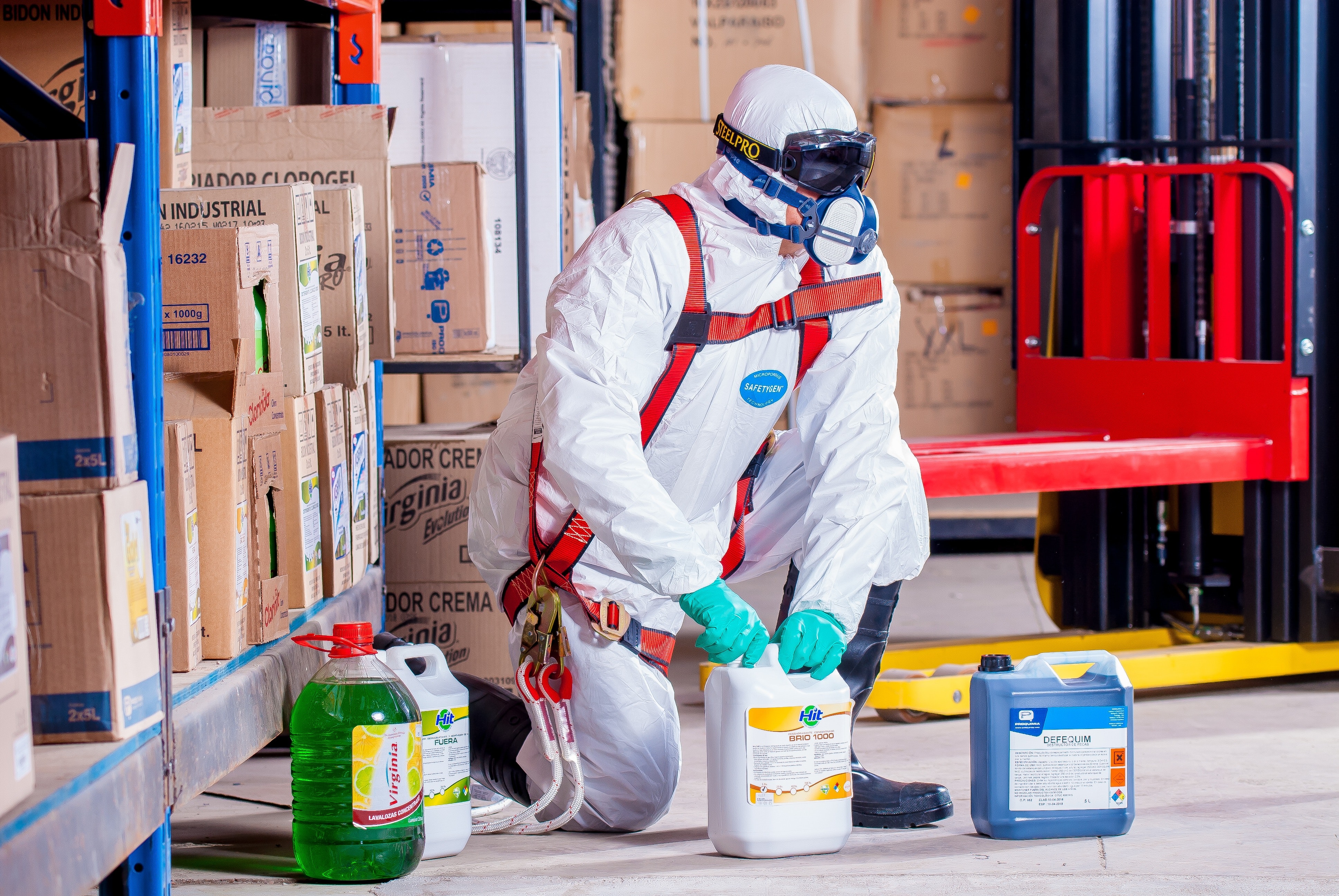If you are using chemicals at your workplace, you are most likely at risk to be exposed to the substance/s that you are handling. Exposure to chemicals can lead to variety of injuries and illnesses including burns, rashes, systemic damage, and cancer. For example, long-term exposure to benzene can cause leukemia and cancer of the blood-forming organs.
As one of the ways to control the exposure to chemicals, suppliers are required to provide you with relevant information that is usually compiled in a document named “safety data sheet” (SDS). With the information that are supplied through this document, you may be able to assess and control the risks of exposure to the chemicals that you are handling. In Malaysia, it is the responsibility of suppliers to make SDS available to users. This requirement is clearly stipulated in the CLASS regulations (Occupational Safety and Health (Classification, Labeling and Safety Data Sheet of Hazardous Chemicals) Regulations 2013). According to this regulation, the latest SDS should be made available by the supplier when you purchased a chemical or product and it is the right of the user to request SDS from the supplier.
As mentioned above, SDS is a document produced when a product was first entering the market. You may equate this document as the “birth certificate” of any products that consist of one or many chemicals. If a supplier produced a solvent called methanol, there should be an SDS for methanol by the supplier. In another example, if a supplier produced a paint product that consist of many components or chemicals, there should also be an SDS listing each of the chemicals in the said product.
In the “birth certificate” aka the SDS, a concept in chemical management that uses the phrase “from cradle to grave” is applied. Simply put, the SDS should list specific information from the origin of the said chemical up to the information to dispose them accordingly. According to the CLASS Regulations 2013, the information in the SDS should consist of 16 parts as follows:
1- Identification of the hazardous chemical and of the supplier
2- Hazard identification
3- Composition and information of the ingredients of the hazardous chemical
4- First-aid measures
5- Fire-fighting measures
6- Accidental release measures
7- Handling and storage
8- Exposure controls and personal protection
9- Physical and chemical properties
10- Stability and reactivity
11- Toxicological information
12- Ecological information
13- Disposal information
14- Transportation information
15- Regulatory information
16- Other information.
As an end user, it is recommended but (not limited) for you to focus on the following information from SDS as stated below.
1- The name of the product/chemical and its composition from Part 1
2- How to control exposure from Part 7 and Part 8
3- Personal protection equipment (PPE) from Part 8
4- How to safely store the chemicals/product from Part 7
5- How to dispose the chemicals/product from Part 13, and last but not least,
6- First aid information and firefighting information from Part 4 and 5
So, what is next for you?
1- For all the chemicals or products that you are currently using, please ensure that you have the LATEST SDS from the supplier if you haven’t done so (at least not older than 5 years).
2- SDS also should be made available preferably at the workplace where the chemical is being used for all the chemical handler all the time.
3- Make sure you read and understand the SDS to ensure that you are handling the chemicals or products safely.
4- If you are a supervisor, you need to ensure that your students/employee understand and know the specific hazard and risks and how to manage the exposure to the chemicals being used. According to Occupational Safety and Health Act 2022, it is the responsibility of the employer to ensure so far as is practicable, the safety, health, and welfare at work of his employees.
5- If you need further guidance or understanding of this topic, please contact your lab manager and/or OSHE IPPT Unit (OSHEIPPT@usm.my)
Reference:
Occupational Safety and Health (Classification, Labeling and Safety Data Sheet of Hazardous Chemicals) Regulations 2013.
Written by:
Maisarah Nasution Waras
Jabatan Toksikologi
AMDI, USM
OSHE IPPT Unit
Pejabat Pengarah
AMDI, USM


